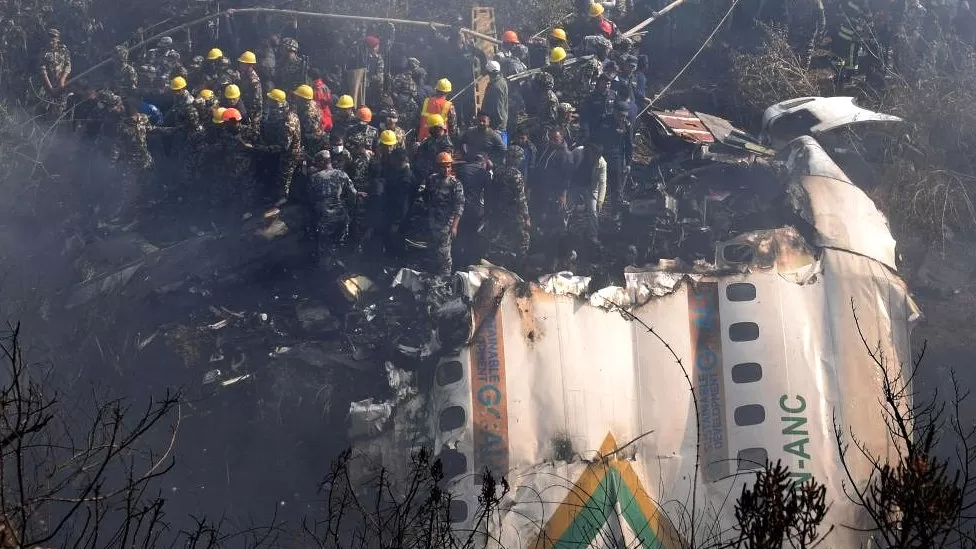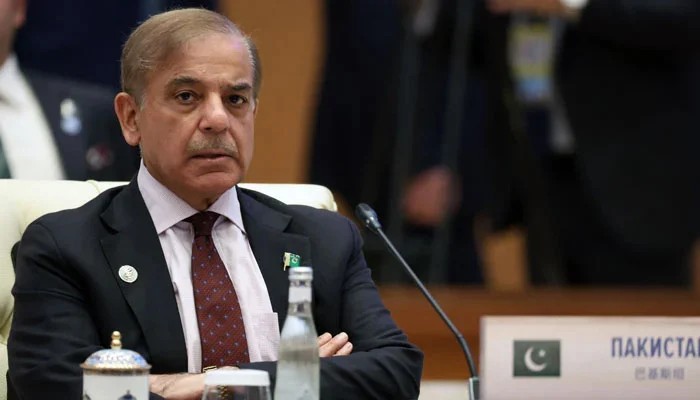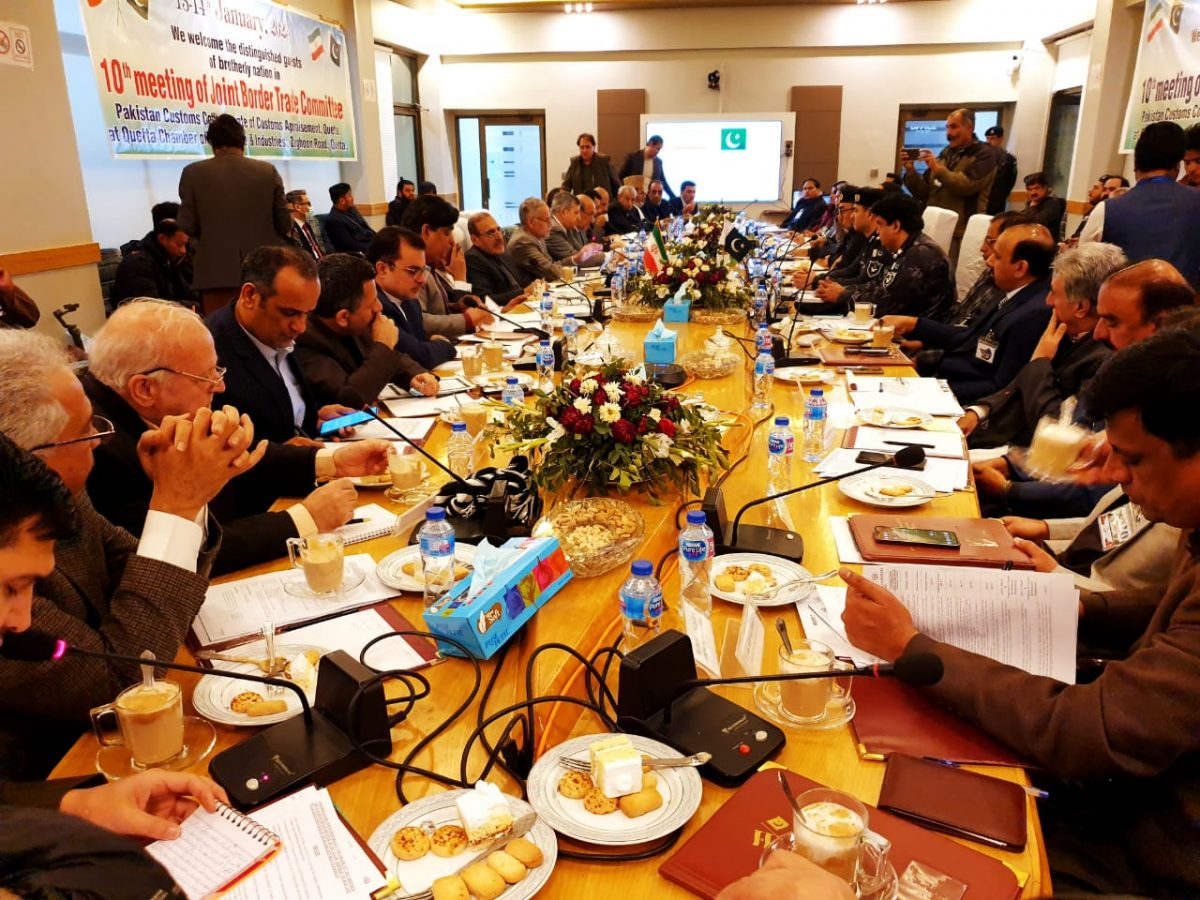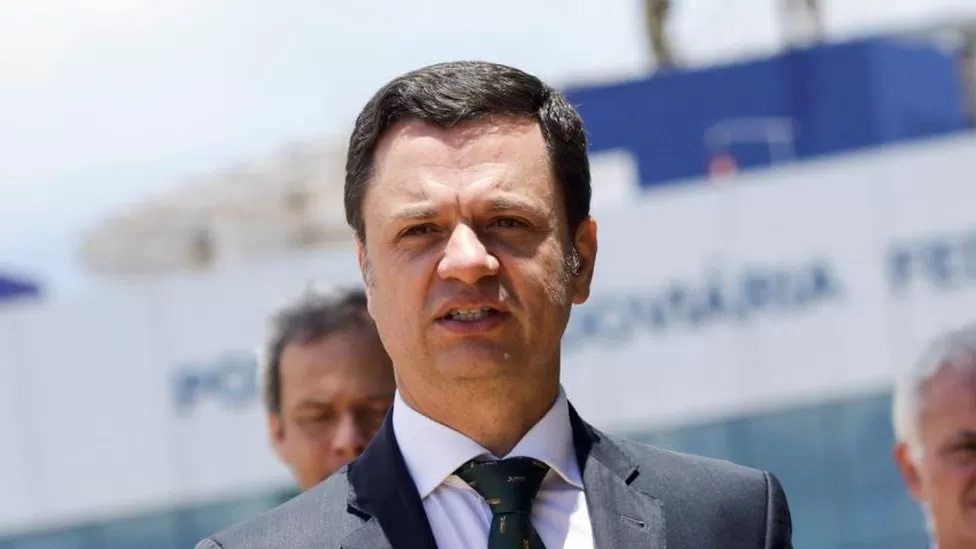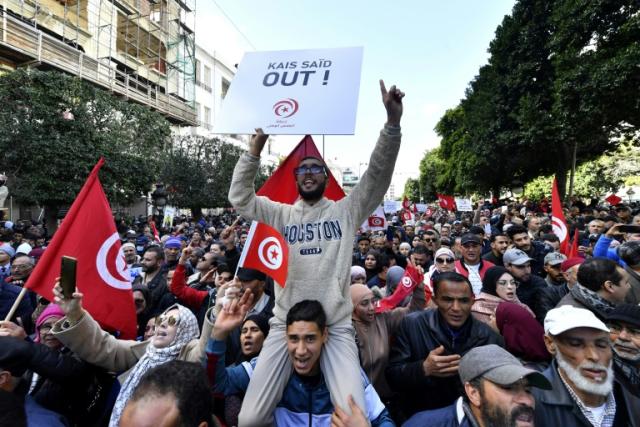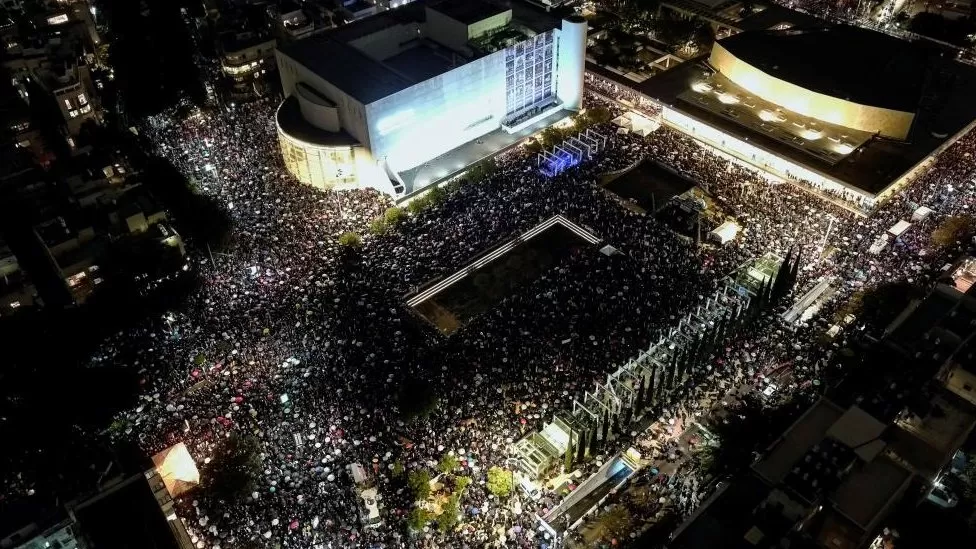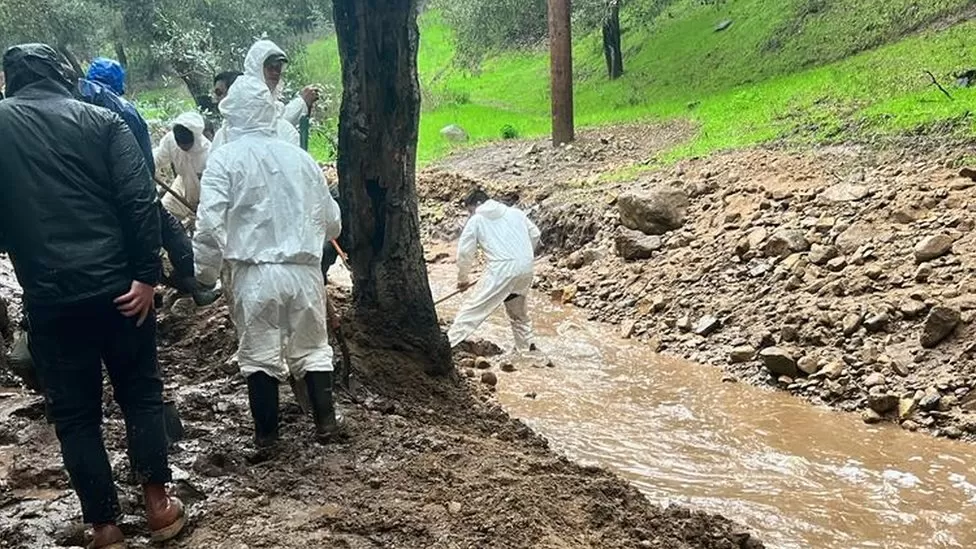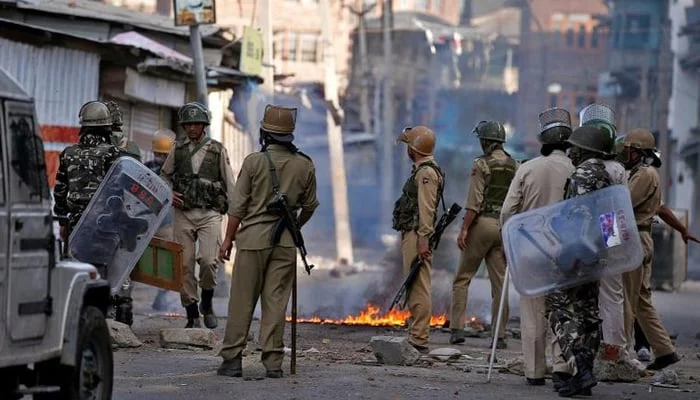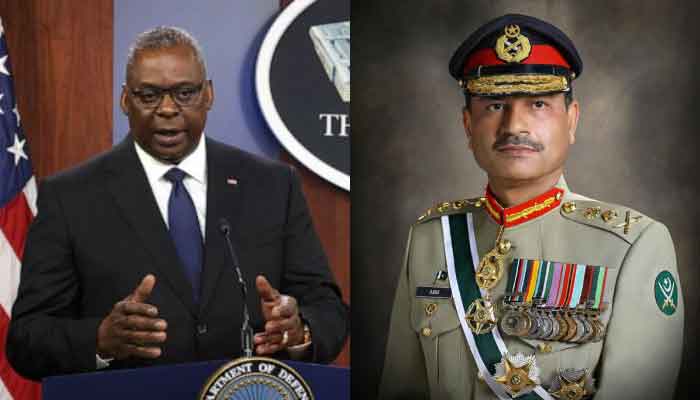Pakistan said Friday it would welcome United States’ facilitation in the resolution of the Jammu and Kashmir dispute, which Islamabad had been trying to resolve since 1947 with India.
The ties between the two nuclear-armed nations halted in 2019 after the Narendra Modi administration revoked the special status of occupied Kashmir and has since been continuing its unabated terrorism in the Himalayan valley.
“Regarding the Pakistan–India relations and the facilitation by third parties, including the United States, Pakistan has always said that we would welcome the international community to play their role in promoting peace in the region including in facilitating dialogue and resolution of the core dispute between Pakistan and India i.e. the Jammu and Kashmir dispute,” Foreign Office Spokesperson Mumtaz Zahra Baloch told journalists at a weekly briefing in Islamabad.
The spokesperson was responding to a question about Pakistan’s Ambassador to US Masood Khan’s recent statement, wherein he hinted at America’s possible mediation for the Kashmir dispute’s resolution.
In 2021, then-US president Donald Trump said the Washington administration was watching developments between India and Pakistan over Kashmir “very closely” and was prepared to help if necessary.
“Trade is going to be of very, very paramount importance … and we’re working together on some borders, and we’re talking about Kashmir in relation to what is going on with Pakistan and India. And if we can help we certainly will be helping,” he had said.
Islamabad and New Delhi in November 2003 agreed to a ceasefire along the Line of Control (LoC) and the Working Boundary, but the truce was breached repeatedly after Modi came into power in 2014.
To a question about Modi’s possible visit in April 2021, the spokesperson declined to comment, saying: “You know very well, we do not speak about speculative reporting.”
The spokesperson also said that India was continuing its attempts to perpetuate its occupation by colonising the occupied territory, including the systematically dispossessing Kashmiris of their lands.
Last month, she said, the occupying authorities introduced new land lease rules, depriving the local farmers, hoteliers and businessmen of their long-held lands on lease.
“The local authorities have also intensified their campaign to seal or attach the properties of activists and resistance leaders,” the FO spokesperson said.
Under the amended Land Revenue Act, Baloch said, non-Kashmiris can purchase agricultural land for commercial and other non-agricultural purposes.
The Indian army, she said, had been given sweeping powers to take possession of agricultural land and residential areas in any part of IIOJK, after declaring them as “strategic”.
Reportedly, over 430,000 Kanals of land are already under illegal possession by the Indian military and paramilitary forces, the spokesperson added.
“These developments are yet another manifestation of India’s colonial-settler mindset and its designs to expand control over Kashmiri lands, which is a clear violation of international law and the obligations of the occupying power towards occupied lands.
“Pakistan will continue to extend unstinted moral, political and diplomatic support to the people of Jammu and Kashmir in their quest for self-determination in accordance with the relevant UN Security Council resolutions,” she concluded.


